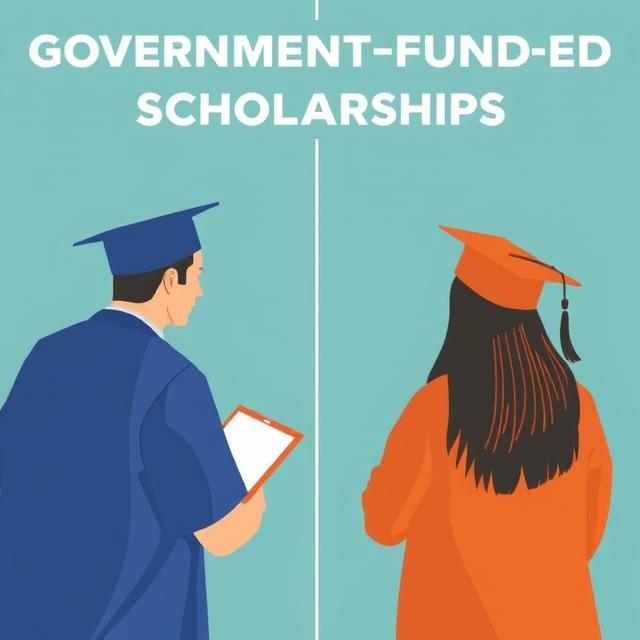Government-Funded Vs. Private Scholarships: Which Is Better?
Both government-funded and private scholarships offer valuable financial support, but they have key differences that may make one better suited to your needs.
Government-Funded Scholarships
These scholarships are provided by governments to support students, often covering full tuition, living expenses, travel costs, and other fees.
Advantages
- Many government scholarships cover 100% of costs, including tuition, accommodation, and travel.
- Offered in multiple countries for both local and international students.
- Highly regarded and can enhance career opportunities.
- Unlike student loans, they don’t require repayment.
Disadvantages
- Thousands of applicants apply for a limited number of spots.
- May require high academic performance, leadership skills, or specific country restrictions.
- Often requires multiple documents, essays, and sometimes interviews.
Examples of Government-Funded Scholarships
- Fulbright Scholarship (USA) – Covers tuition, travel, and living expenses for international students.
- Chevening Scholarship (UK) – Full funding for master’s students in the UK.
- DAAD Scholarships (Germany) – Offers full and partial scholarships for international students.
- Australia Awards Scholarships – Covers full tuition, travel, and living allowances.
- MEXT Scholarship (Japan) – Fully funds undergraduate and postgraduate students in Japan.
Private Scholarships
These scholarships are funded by companies, organizations, and foundations to support students in specific fields, backgrounds, or interests.
Advantages
- Some private scholarships have easier eligibility requirements than government-funded ones.
- Many private scholarships are sponsored by companies and can lead to internships and job opportunities.
- Some niche private scholarships have fewer applicants.
Disadvantages
- Many private scholarships only cover tuition or offer a fixed amount.
- Some require students to work for the sponsoring company after graduation.
- There may be fewer private scholarships compared to government-funded options.
Examples of Private Scholarships
- Google Lime Scholarship – For students with disabilities in computer science.
- Microsoft Tuition Scholarship – Supports students in STEM fields.
- Gates Millennium Scholars Program – Covers tuition for minority students in the USA.
- Coca-Cola Scholars Program – Provides funding for high-achieving high school students in the USA.
- Schlumberger Foundation Faculty for the Future – Supports women in STEM from developing countries.
Which is Better?
The best choice depends on your needs. Government-funded scholarships are ideal if you want full financial support and can handle a highly competitive application process. Private scholarships are a great option if you need partial funding, are applying for a specific industry, or want better job opportunities. Maximizing your chances by applying to multiple scholarships is always the best strategy.







